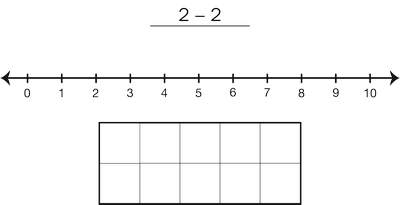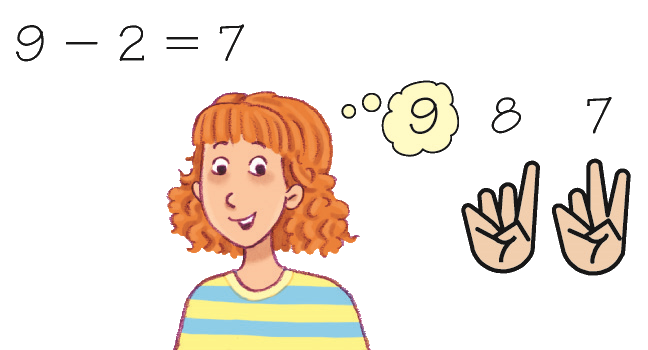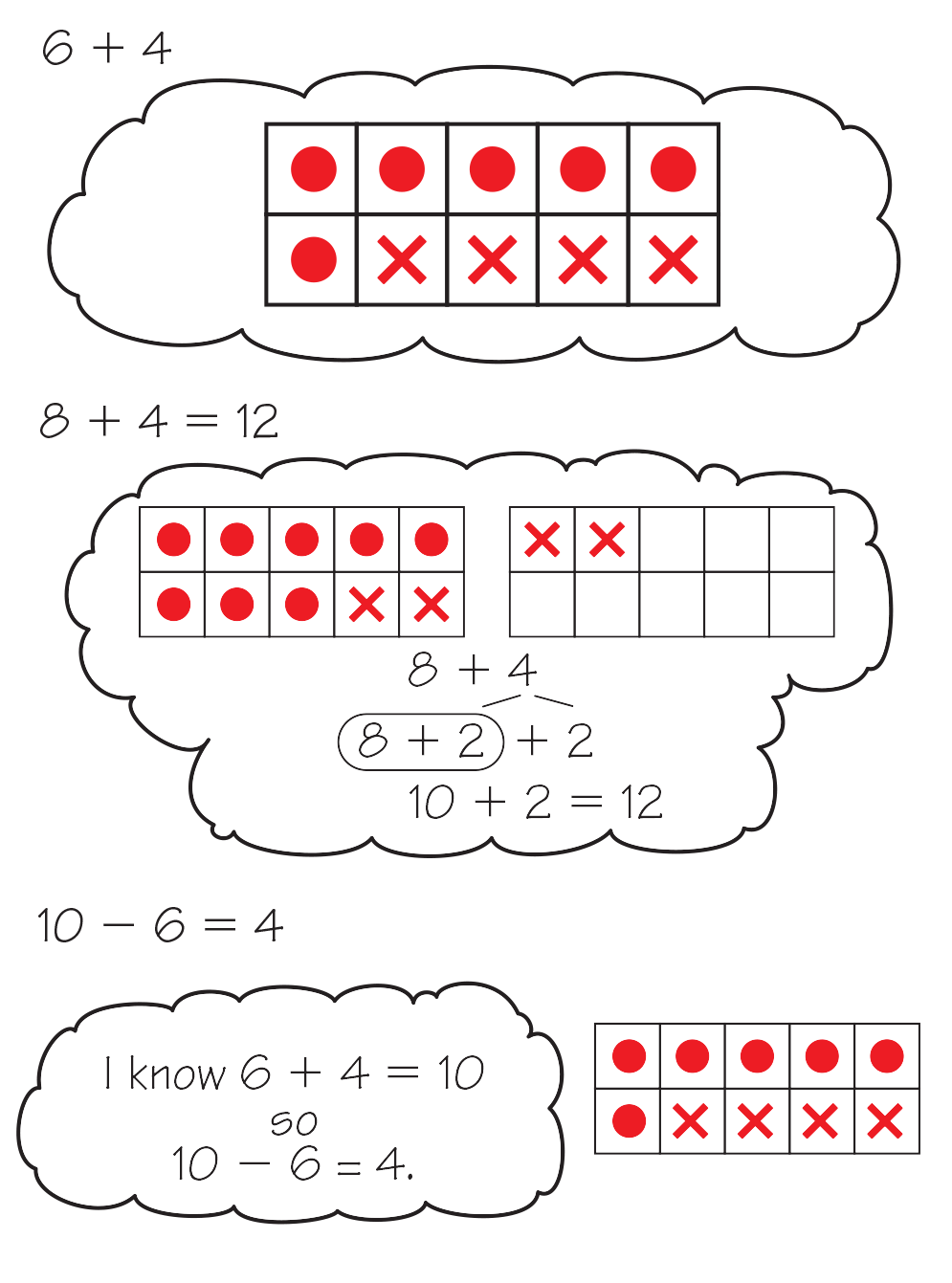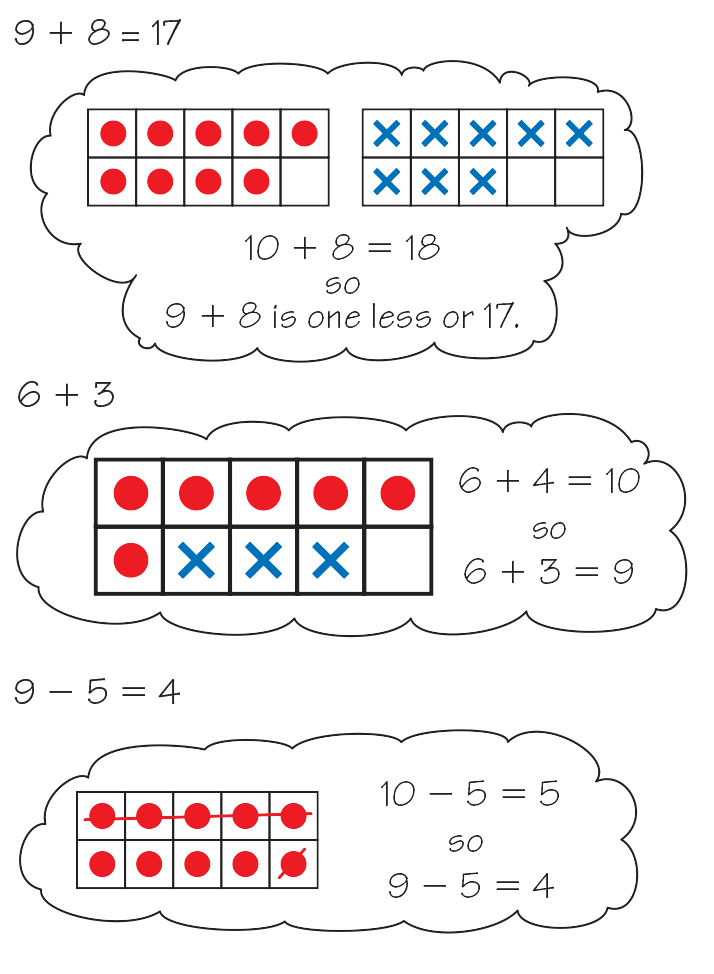Students build a Subtraction Strategies Menu and discuss which strategies seem to be better suited for different subtraction facts. Students then self-assess their confidence with counting and reasoning strategies for subtraction to choose appropriate practice for developing fluency with these subtraction strategies.
Content in this Lesson
- Solving word problems involving two whole numbers whose sum is between 10 and 20 [E3].
- Representing reasoning of addition and subtraction problems [MPE5].
- Using reasoning strategies to solve subtraction problems [E5].
- Finding the unknown whole number in an addition or subtraction equation relating three whole numbers [E7].
- Choosing appropriate and efficient strategies to solve subtraction facts [MPE2].
- Using strategies that apply the properties of addition to solve subtraction problems [E6].
Assessment in this Lesson
| Assessment | Expectation Assessed |
|---|---|
|
Subtraction Practice Menu |
|
|
Counting Strategies |
|
|
Use Other Facts: Small Numbers |
|
|
Use Other Facts: Larger Numbers |
|




















